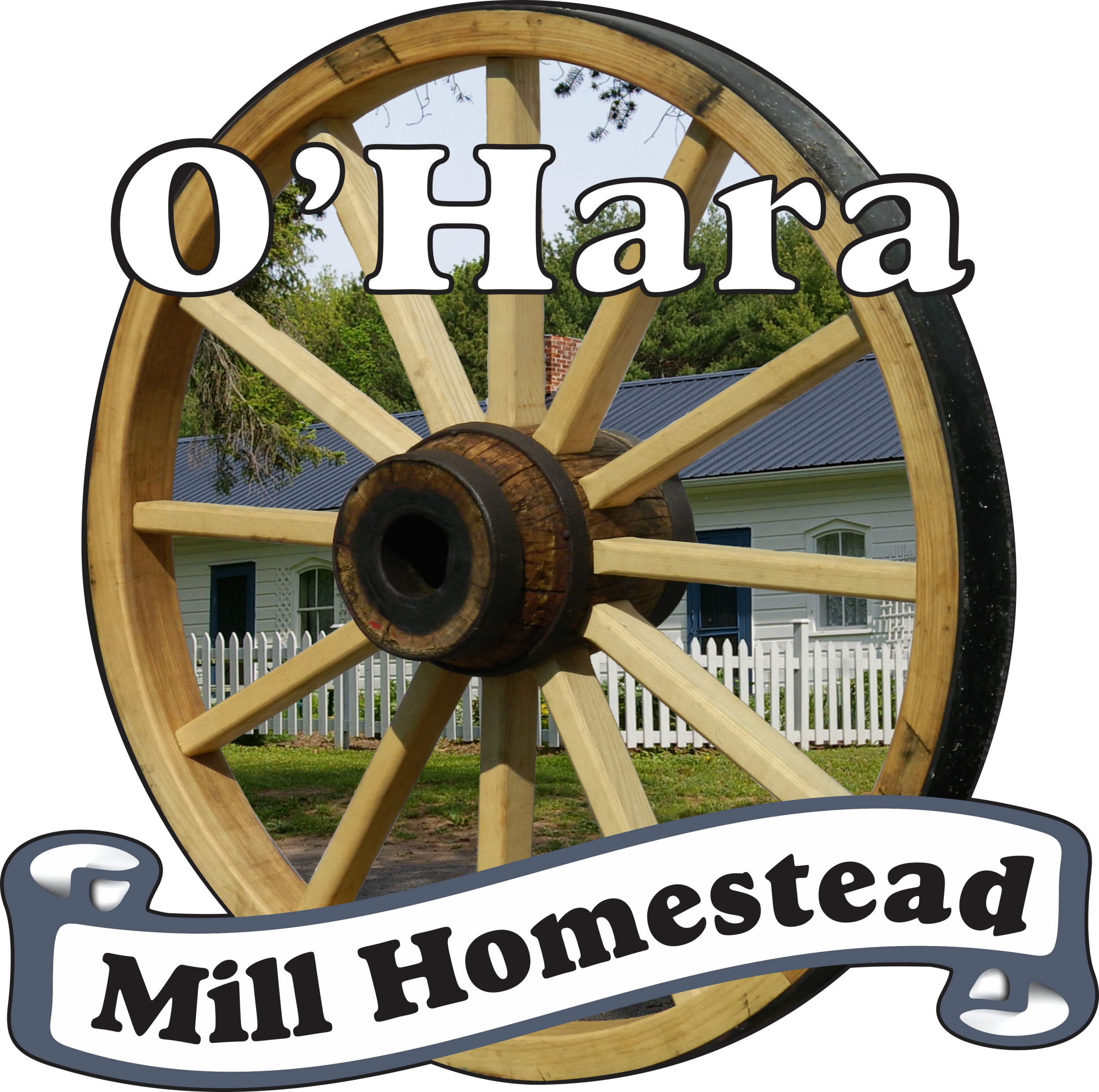A Garden to "Dye" For
FOOD PREPARATION AND PRESERVATION/ JULY 21ST, 2021
The O’Hara Garden after planting
When settlers first moved to Canada, the government gave them a variety of seeds to start their farms and gardens. After they claimed their land, the area would have to be prepped for seeding. This included cutting down trees, tilling the soil, and selecting a good plot (the best ones would often face south as it would optimize the amount of sunlight it would receive). While the man of the house was in charge of the field, the farmer’s wife would be in charge of the garden. In most instances, she would plant the seeds and then the children would be responsible for maintaining the health of the garden. This includes chores like weeding, watering, and picking ripe produce. Although, the gardens would sometimes be so large that the whole family would need to pitch in when it was time to harvest.
As for the plants grown in the garden, some would be for eating whereas some were for medicines and dyes. Oftentimes the plants would be multipurpose as waste was frowned upon. The vegetables grown in their gardens would have been hardy (this means strong, and resistant to changes in temperature). This would have been necessary as Canadian winters could be unpredictable. Some common vegetables grown would have been potatoes, corn, pumpkins, squash, beans, peas, cabbage, and turnips. Whatever the family didn’t eat during harvest, would be canned and saved for the winter and any waste would have been given to the livestock (most often the pigs). Later when the family was better off and situated, farm stands would be set up to sell excess produce to neighbors. This promoted friendships between families and a sense of community as this would provide assistance to those whose gardens didn’t do as well that year.
When it came to medicinal plants, the families would have to be very careful about what they consumed as not a lot of scientific research had gone into herbal medicines yet. Lovage, which acts as a digestive aid (similar to Pepto Bismol!), was later discovered to also be an abortifacient which caused pregnant women to lose their baby. There are many herbs that would solve the issue at hand but could cause ulcers, liver failure, and even death.
Feverfew: used for overcoming melancholy and relieving headaches
As mentioned, plants that were multipurpose were better as waste was not something to be taken lightly. Calendula, a daisy-like flower, had antifungal and antibacterial properties and would be used to heal burns, stings, varicose veins, and impetigo. The flowers would also be infused into face creams to promote clear skin, the sap would remove warts, and the flowers/leaves could be used to create a bright yellow dye. Come visit our herb garden to find out more about our plants!
The garden was a source of great pride for many families and would sometimes mean the difference between thriving or starving through the winter.
𝓗𝓮𝓪𝓽𝓱𝓮𝓻 & 𝓜𝓲𝓪


